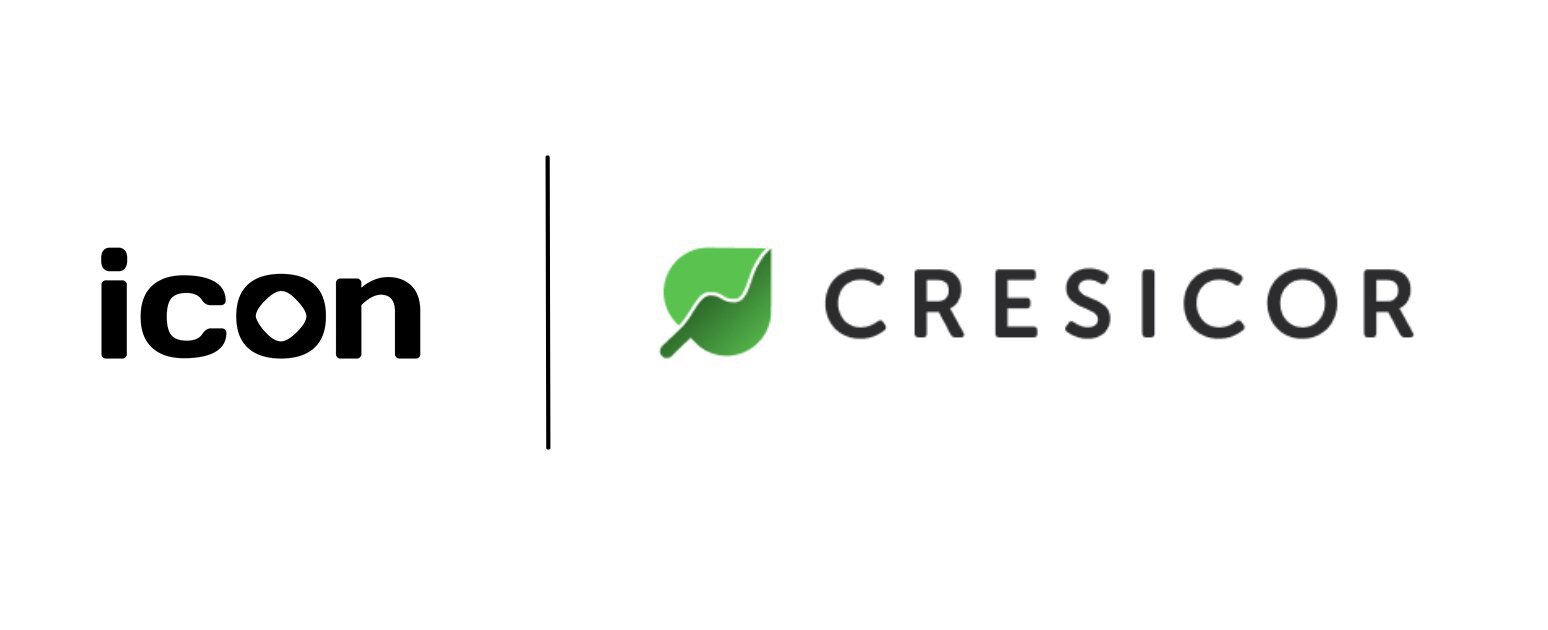Alex Whatley is the co-founder and CEO of Cresicor, the cloud-based, data-driven software platform for CPG brands looking to elevate their trade promotion management (TPM), or their expenses of running promotions and discounts.
The company raised $6.6 million in funding to date, and client brands include category leaders like Perfect Snacks, Oatly, and Bulletproof. We sat down with Alex to dive into:
- Cresicor’s growth roadmap, for the short and long term
- Two major TPM opportunities on the horizon for Cresicor
- Building an unknown startup’s user pool from zero to one
“We’re building a system for brands and their carriers to exchange payments and other data seamlessly. It essentially means rebuilding the infrastructure of an industry that still operates on PDFs, spreadsheets, and even snail mail.”
The Cresicor Journey & Growth Roadmap
As Alex recaps, Cresicor received over $5 million in seed funding about a year ago — and since then, the team has grown from six to 40 members, they’ve approximately tripled their revenue and user base, and they’re gearing up for a Series A round.
In terms of how he anticipates growth to play out, short-term growth will likely entail:
- Continued upmarket movement in their current vertical of F&B CPG manufacturers
- Adding a fintech layer to enable brands to fully process payments from retailers
- Expansion into adjacent growing verticals like alcohol, cannabis, and pet food
Meanwhile, longer-term growth looks like continuing to rebuild the technological infrastructure of the CPG industry, which is broadly, in Alex’s experience, antiquated and still reliant on static forms of communication.
In the case of Cresicor, the vision is to enable every CPG business to simply and rapidly exchange payments and other data with their eCom partners, thus eliminating the resource drain of the middleman, as well as indirectly reducing COGS in stores.
“Most of the CPG ecosystem is ages behind the rest of eCom. They’re literally downloading PDFs and manually moving data into spreadsheets. So we want to help them keep up with present tech capabilities, as well as the eventual future.”
Building Your User Pool, From Zero to One
As Alex tells it, Cresicor initially began as a part-time project during his studies at Harvard.
The venture was bootstrapped for a number of years before they landed their first legit CPG customer — and then the next 15 followed.
Establishing Credibility as an Unknown Player
When we asked how Cresicor was able to build their early customer base as a student-run, relatively unknown player in the CPG space, Alex chalked it up to the luck of securing their very first “marquee” client, Perfect Snacks.
To distill this idea, in Alex’s words, big names attract big names.
This explains why that initial connection with Perfect Snacks only led to more interest from similarly successful brands in the space, like nutpods or Simple Mills.
Delivering on the Core Value Proposition
Alex also reiterated that no amount of industry connections could have grown Cresicor’s user base if the core product was flawed or couldn’t deliver.
As such, the team has taken care to explicitly craft a two-pronged value prop:
- Refined visualization of live trade spend
- Increasingly accurate analytics tracking
Greater cost savings are significant given that trade is where CPG brands reinvest roughly 20% of their revenue and it’s the second-highest expense for most CPGs.
Cresicor’s value prop can be boiled down to the reality that TPM is, in Alex’s words, a gnarly process, usually entailing manual management of data from PDFs and playing around in Excel.
As a result, brands view switching to a system like Cresicor — through which they can simply enter accurate data, duplicate campaigns, process payments, and more — as a no-brainer for saving notable time, labor, and lost capital.
Retaining Users Post-Acquisition
As for how to actually retain clients once they’ve been acquired, Alex pointed to two best practices carried out by the Cresicor team.
- Immediately after closing, the user works with the Cresicor implementation team, which can get customers up and running in a matter of weeks, as compared to other enterprise systems which can take upward of a year to onboard and train new users.
- After onboarding, Cresicor’s high-touch customer success team continues to maintain contact with clients to teach best practices of TPM, while also presenting quarterly reviews to highlight areas of success and for improvement.
In Alex’s words, offering best-in-class service is essential for Cresicor’s retention of users, especially because a majority of business has stemmed from referrals.
“Big names truly do draw in more big names. So efforts like customer service have paid dividends because all of our success so far has been due to positive word of mouth. We’re just now starting outbound marketing efforts.”
Looking Forward: Opportunities on the Horizon
As for what’s on the horizon for Cresicor, Alex is most excited to continue elevating the product by addressing two prevalent roadblocks for the average CPG brand running promotions.
Phase one: deductions reconciliation
With the current state of the industry, brands are typically sent PDF invoices from retailers which they have to sift through, line by line, in order to ensure all charges are legitimate.
They’ll then either dispute or reconcile these payments — but the entire process itself is unnecessarily cumbersome, as Alex describes it, yet still necessary overall in order to avoid being overcharged by millions of dollars a year.
In response, the Cresicor team is building an end-to-end solution that can replicate this work.
In terms of process, Cresicor will likely use a web scraper, ML-powered programs for processing invoices, and automated matching and checking plus submission of payment or dispute forms.
Ultimately, this module will save CPG companies the onerous time and effort of manually processing these files, as well as significant capital by accurately identifying invalid fees.
Phase two: sector forecasting
Meanwhile, the global supply chain shortage has uniquely stunted Cresicor’s primary clientele of CPG businesses. Costs of ingredients have shot up, distribution centers are understaffed, and brands across the board are facing pressure to raise prices in response.
To address this confusion, Cresicor’s sales forecasting module will enable brands to plan out their year to come, allowing businesses to consider, for instance, how to address lag times along the pipeline or how many sales will be made at retailers versus wholesalers.
Ultimately, with so much uncertainty in the market, the goal of the Cresicor team is to ensure no business is caught off guard by fluctuating costs, delays, or performance.









